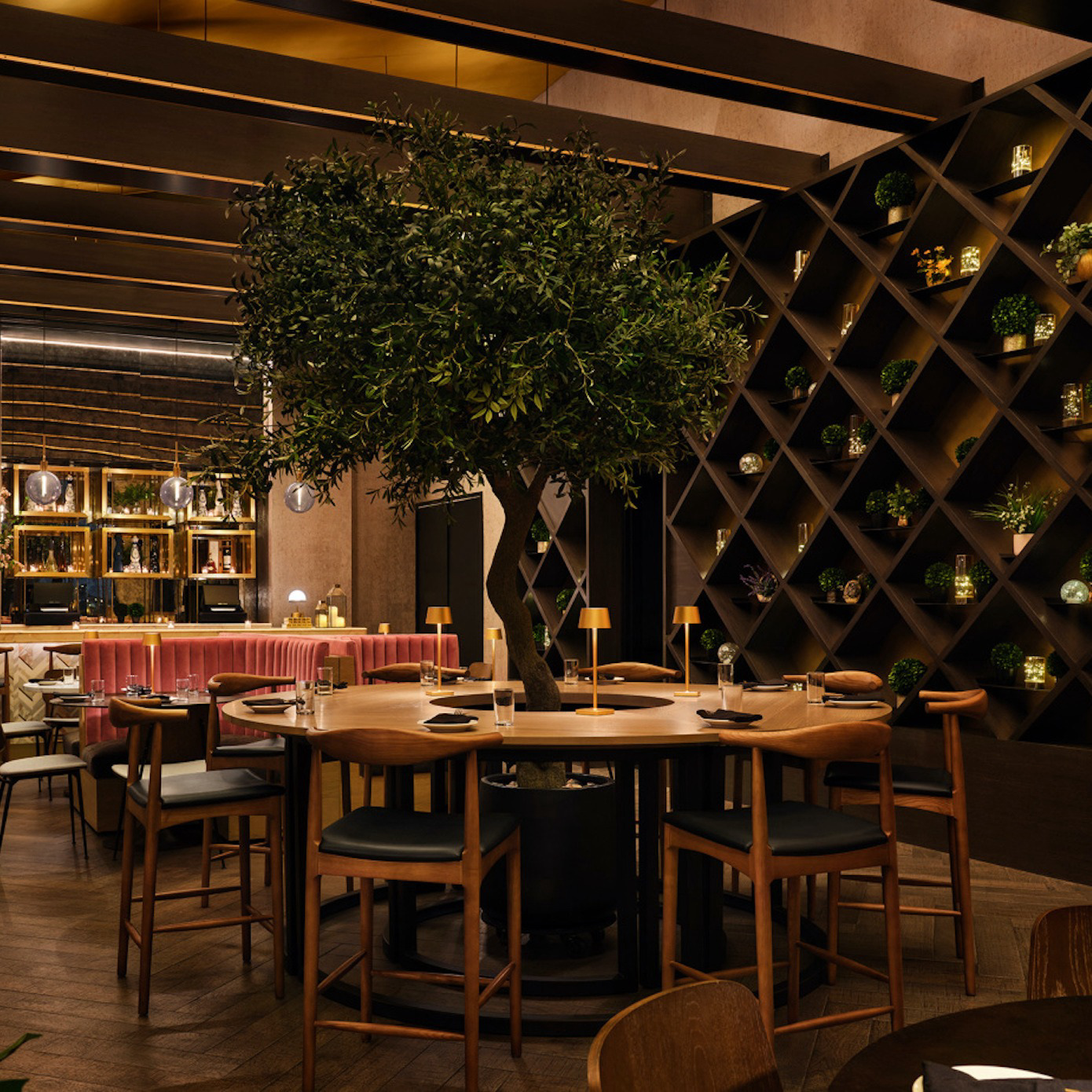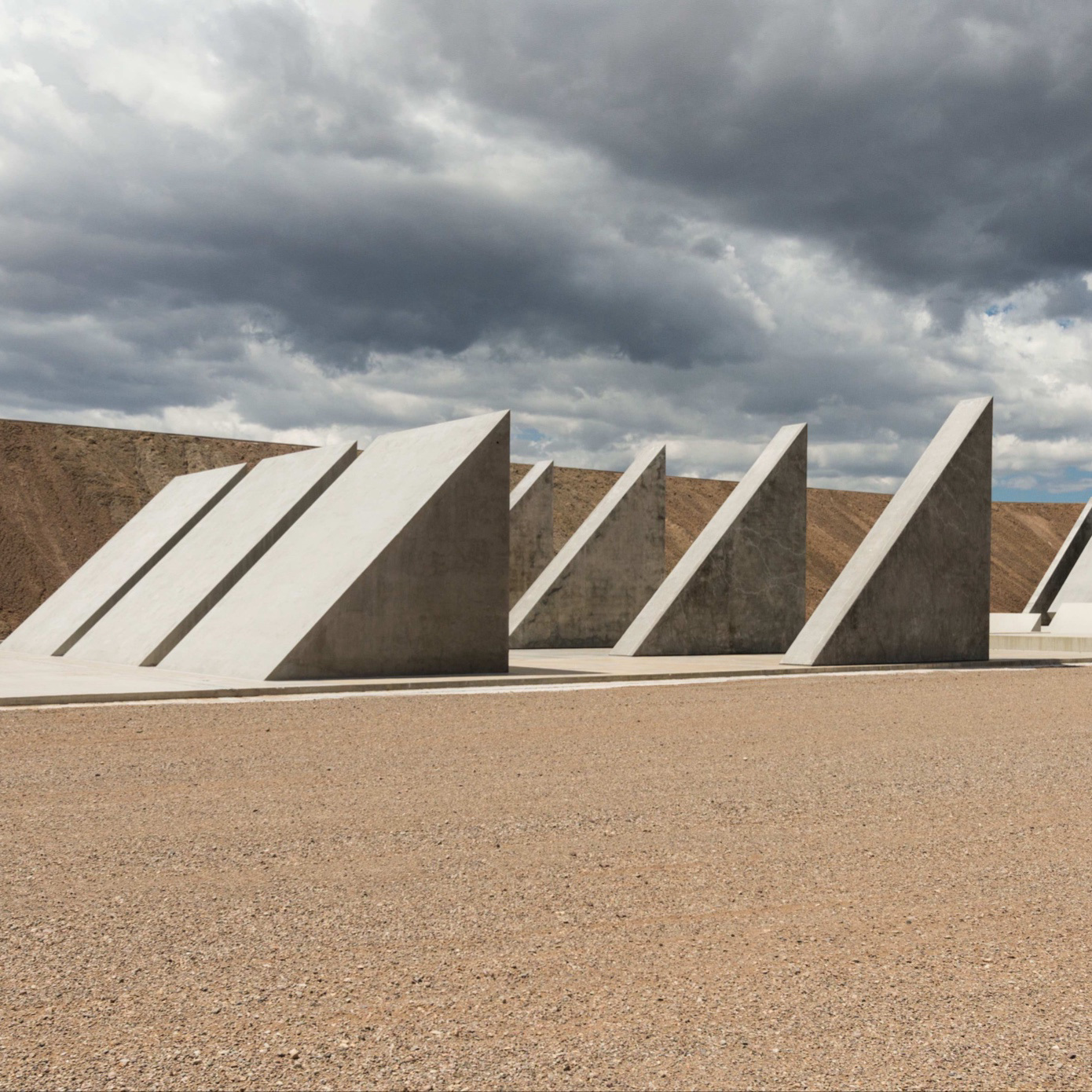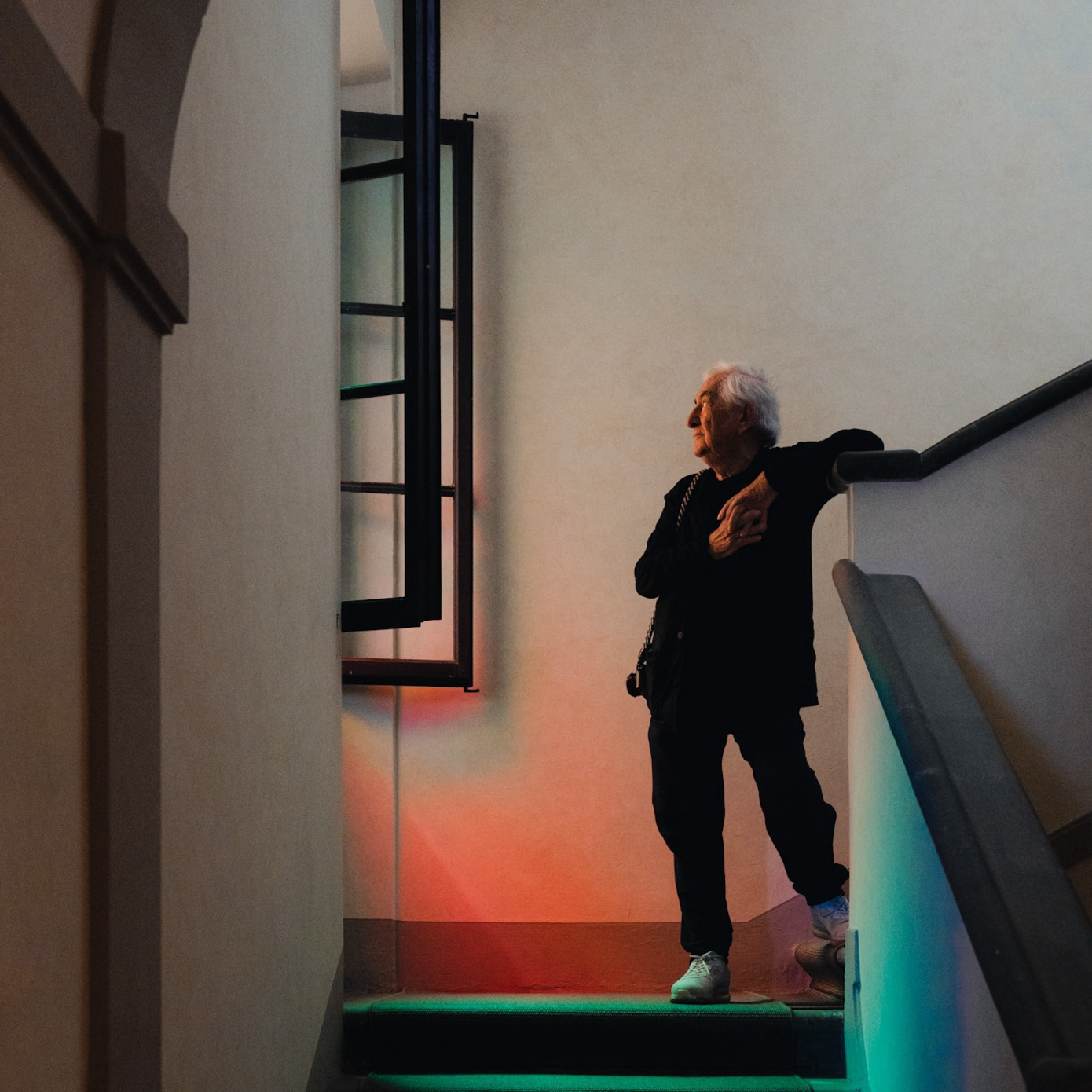Summer is the ultimate road trip season. To help you narrow down possible routes, CULTURED assembled five itineraries that will allow you to take in major museums that opened or expanded since last summer, as well as other unmissable shows and art experiences on view this season. So buckle up, roll down the windows, and get ready for the best new arts and culture openings the U.S. has to offer.
For the Architecture Enthusiast: Buffalo to Toronto
Drive Time: Two hours
What You Get: A cross-border tour of art and architecture
Starting Point: The Buffalo AKG Art Museum, which opened its newly expanded campus earlier this month. The $230 million, three-and-a-half-year overhaul includes a futuristic new building designed by Shohei Shigematsu of OMA in collaboration with Cooper Robertson and a fresh hang of the museum’s treasure-filled collection.
On the Way: Enjoy a whistle-stop tour of Frank Lloyd Wright designs in the vicinity of Buffalo, including the six-building Martin House Complex and the Fontana Boathouse, which boasts views of the Canadian shoreline.
Final Stop: Toronto is full of cultural destinations, including the Art Gallery of Ontario (AGO), which boasts one of the largest art collections in North America, as well as Toronto’s Museum of Contemporary Art (MOCA). In keeping with the road trip’s architecture theme, check out MOCA’s exhibition “Imposter Cities” (through July 23), which offers a playful look at how TV shows and movies shot in Canada transformed local landmarks.
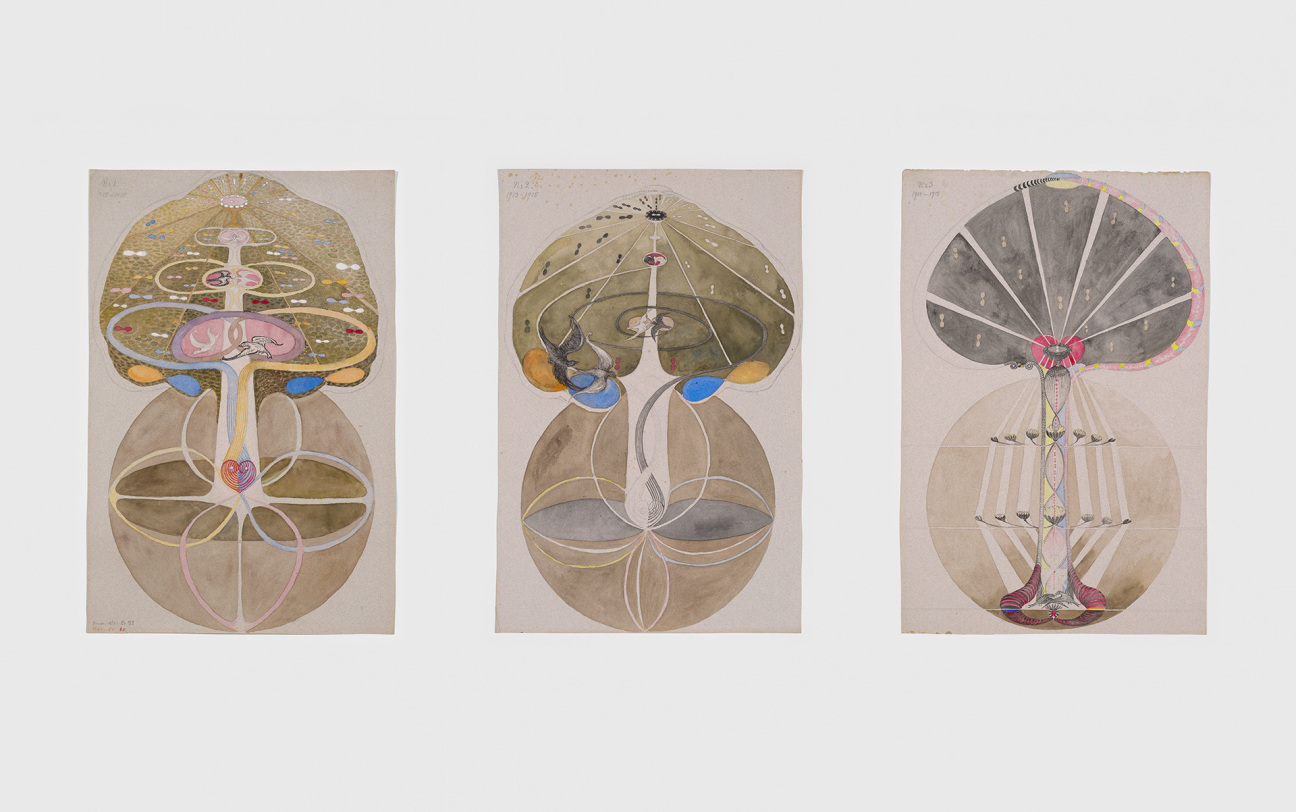
For the Art Collector: Baltimore to Potomac
Drive Time: One hour and 40 minutes
What You Get: A survey of the eclectic tastes of top art collectors
Starting Point: The Walters Art Museum showcases the collection of Henry Walters and his father William T. Walters, who over the course of the 19th century accrued tens of thousands of objects ranging from illuminated Qur’ans to Roman sarcophagi.
On the Way: Stretch your legs with a walk through the Rubell Museum in DC, which opened this past fall inside a converted former schoolhouse. The 32,000-square-foot space contains highlights from the Rubell family’s celebrated contemporary art collection, including monumental works by Kehinde Wiley and El Anatsui. Don’t miss the capsule survey of thickly impastoed paintings by DC native Sylvia Snowden.
Final Stop: Glenstone, the bucolic private museum and nature reserve founded by billionaire Mitchell Rales and his wife, Emily Wei Rales. This summer, the minimalist, pristine galleries are hosting a special exhibition of the work of Ellsworth Kelly to celebrate the late abstract painter and sculptor’s centenary. (The facility is never crowded, in part because Glenstone has a hard cap on attendance—make sure you reserve tickets in advance.)
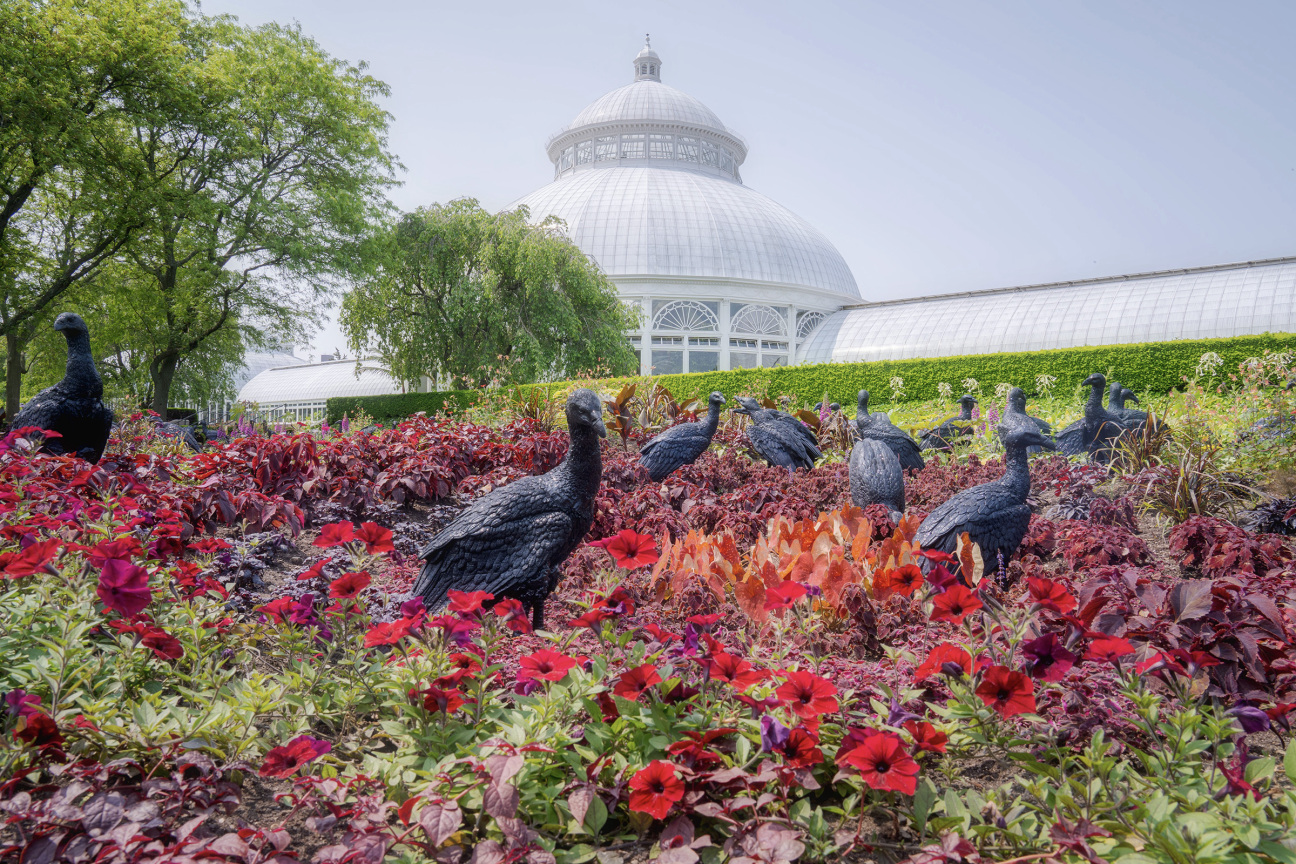
For the Nature Lover: New York to Kinderhook
Drive Time: Two and a half hours
What You Get: Three different takes on art, nature, and landscape
Starting Point: The Richard Gilder Center for Science, Education and Innovation at the American Museum for Natural History, which opened in New York in April. In the works for nearly a decade, this glittering addition to the beloved Manhattan museum includes an insectarium, a butterfly conservatory, and a library whose central column resembles a giant mushroom.
On the Way: On your way out of town, stop at the New York Botanical Garden in the Bronx, where the artist Ebony G. Patterson has transformed the conservatory and surrounding areas into a haunted fairy-tale installation with sculptures of vultures, peacocks, and a pair of iridescent legs peeking out of fluffy foliage.
Final Stop: Go back in time with a visit to the Thomas Cole National Historic Site, which houses the home and studio of Hudson River School painter Thomas Cole. On view is a two-part exhibition examining female artists’ treatment of the landscape: first, a survey of the work of lesser-known Hudson River School painter Susie M. Barstow, and second, a show of contemporary interpretations of the landscape motif by artists including Kay Walkingstick, Jean Shin, and Teresita Fernández.
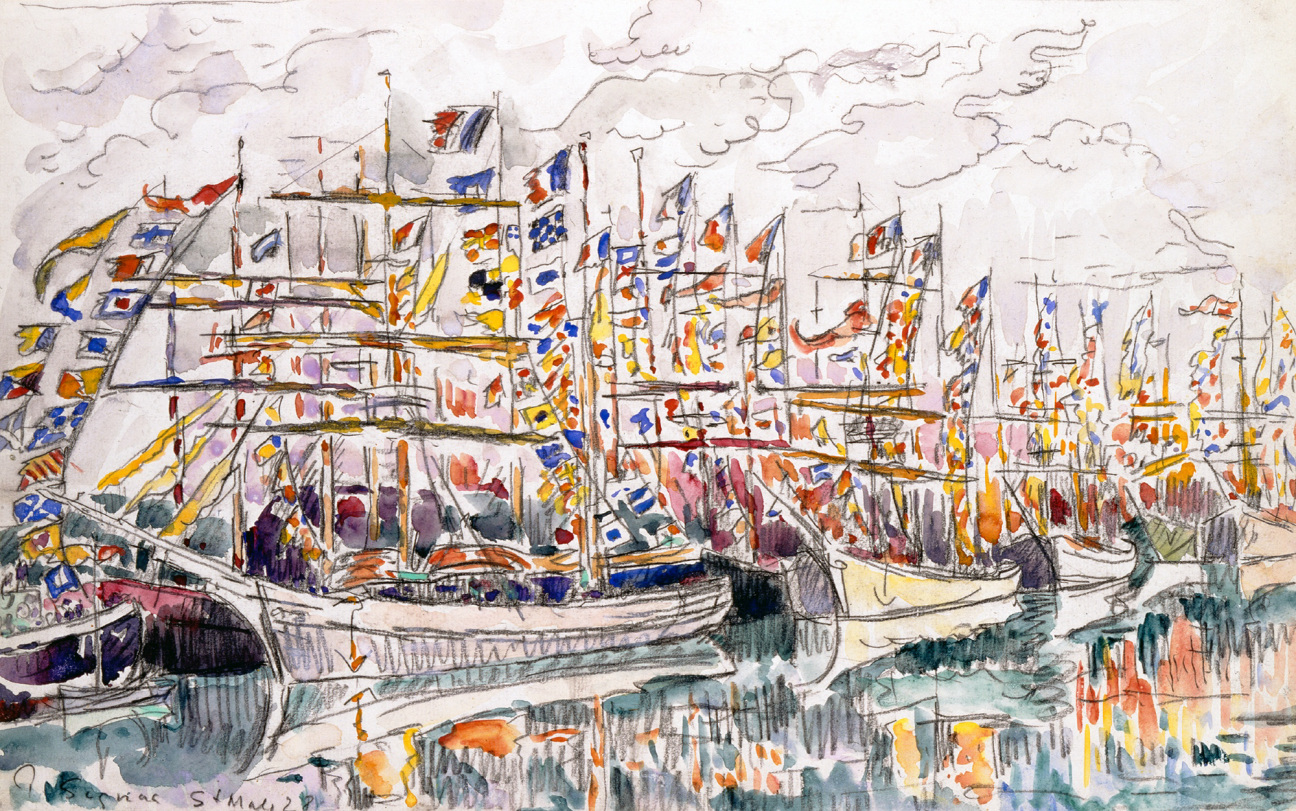
For the Art History Student: Little Rock to Bentonville
Drive Time: Three hours and 15 minutes
What You Get: A quirky survey of American and European art history
Starting Point: The Arkansas Museum of Fine Arts in Little Rock, which reopened in April after a three-year, $150 million renovation. The museum has a particularly rich collection of drawings, including the largest concentration of watercolors by Paul Signac outside his native France. All 28 watercolors from Arthur Dove’s "Sketchbook E" are also on view together for the first time since their acquisition in 1992.
On the Way: Those with a taste for state-of-the-art studios will enjoy a quick peek at the newly opened Windgate Studio and Design Center in Fayetteville, which hosts printmaking and ceramics studios alongside a variety of educational offerings. Need caffeine? At Arsaga’s Coffee Roasters, you can enjoy coffee out of a mug made by a ceramics student.
Final Stop: Explore the verdant grounds and gem-filled collection of the Crystal Bridges Museum of American Art in Bentonville, founded by Walmart heiress Alice Walton. If you go before the end of July, you’ll be able to catch the well-reviewed traveling exhibition of Diego Rivera, which explores the artist’s dual influences from Mexico and America. Anytime before Sept. 28, you can see Firelei Báez’s largest sculptural installation to date at the Momentary, Crystal Bridges’s contemporary-art outpost.

For the American History Buff: Charleston to Savannah
Drive Time: Two hours and 10 minutes
What You Get: A capsule history of the Southern United States
Starting Point: The long-delayed International African American Museum finally opened its doors on June 27 at the site of Gadsden’s Wharf, the Charleston port where up to 40 percent of all enslaved Africans arrived in America. A history museum that also aims to serve as a monument to perseverance, it includes an exhibition of important Black historical figures featuring commissioned portraits by such contemporary art stars as Nina Chanel Abney and Hank Willis Thomas.
On the Way: Get some fresh air (and maybe an Instagram photo or two) at the Old Sheldon Church Ruins, believed to be one of the first churches built in temple form in the United States. Destroyed twice—once during the Revolutionary War and again during the Civil War—the ruins are now listed in the National Register.
Final Stop: Finish your American history tour with a hop through Savannah, Georgia’s many historic houses. Don’t miss the Mercer Williams House Museum, where the events that inspired the film and bestselling book Midnight in the Garden of Good and Evil unfolded, or the Owens Thomas House, which examines the lives of both the enslaved people who worked in the house as well as their enslavers during the 19th century.

